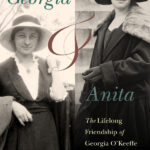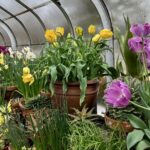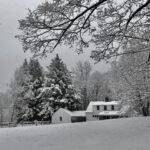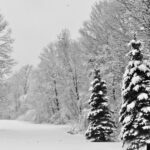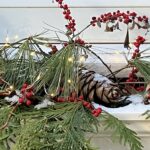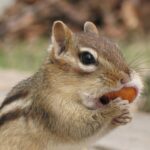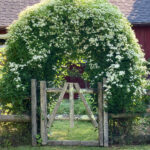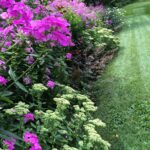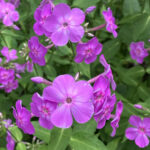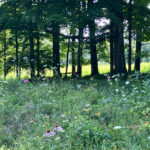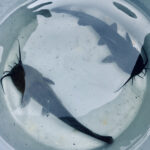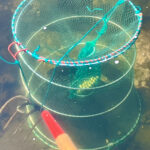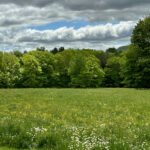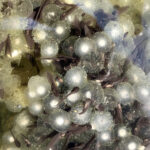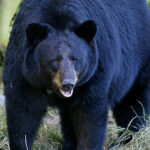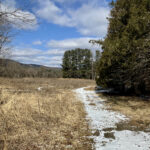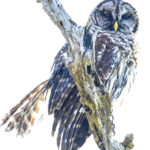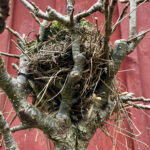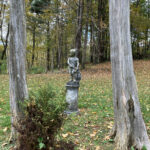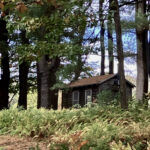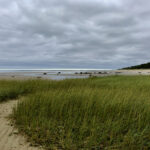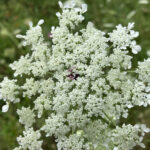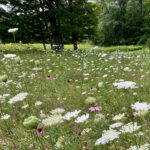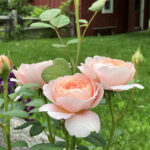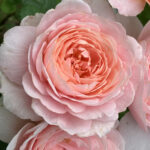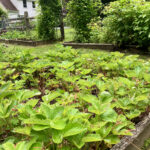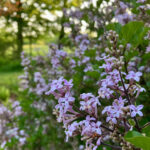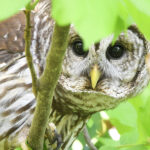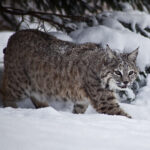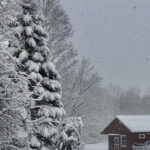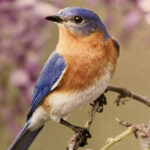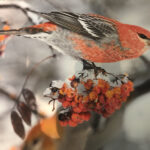A few years back on an early June night a storm raged through the Berkshires, downing trees and knocking out power. Our elderly weeping willow was sheared nearly in half. A massive tangle of shattered limbs and willow wands sat in a forlorn heap on our front lawn. What remained of the tree looked denuded and vulernable — an amputee still in shock.
For years Mike, who cuts our lawn, had railed against that willow. He called it a “dirty” tree because it shed its branches with the same abandon that a teenager discards clothes. Continue reading

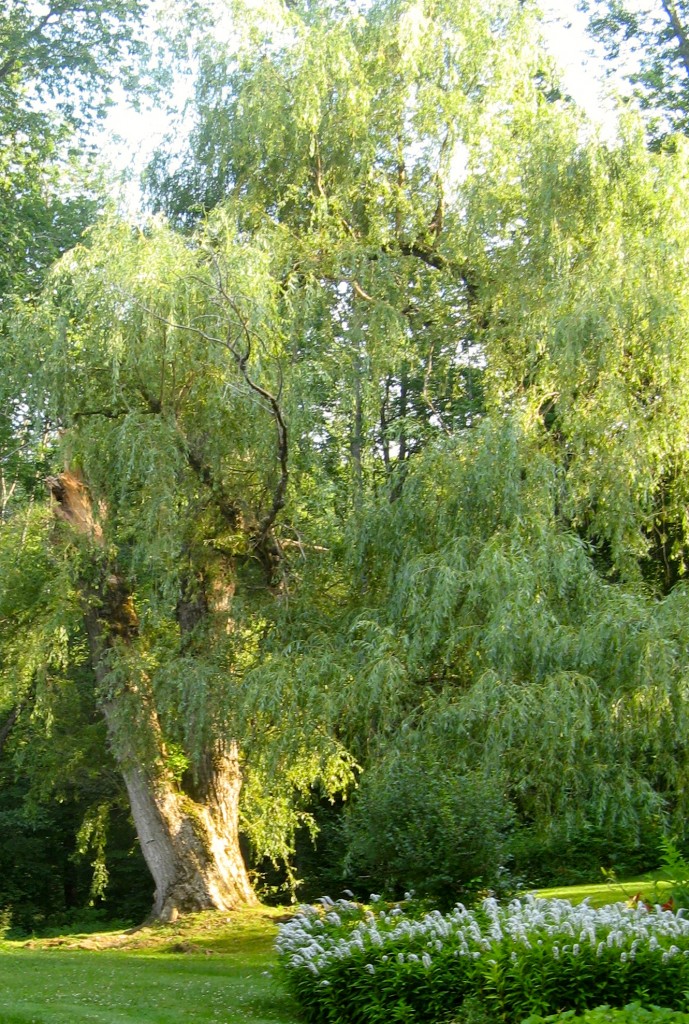
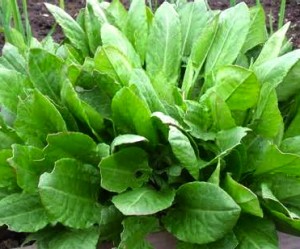


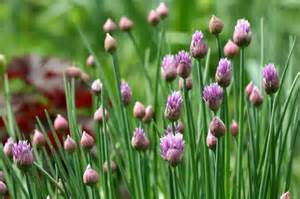
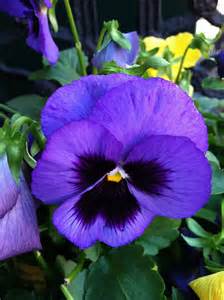
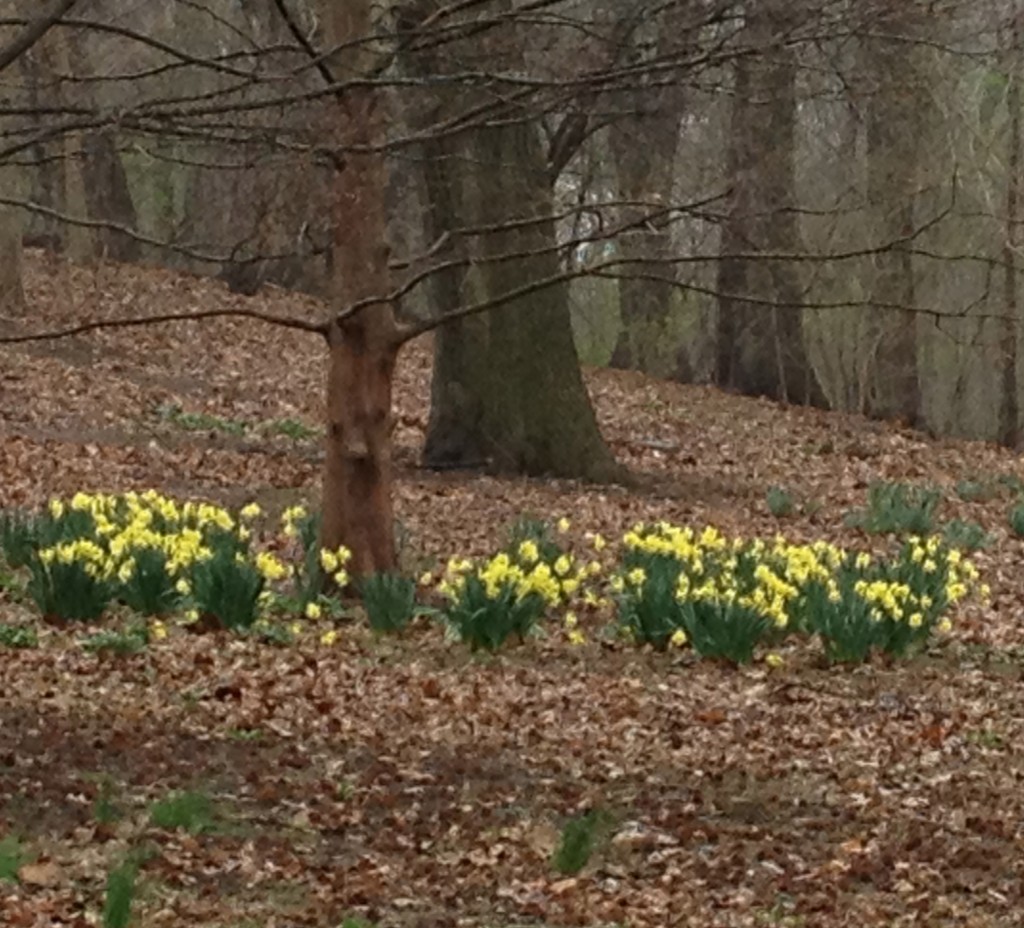
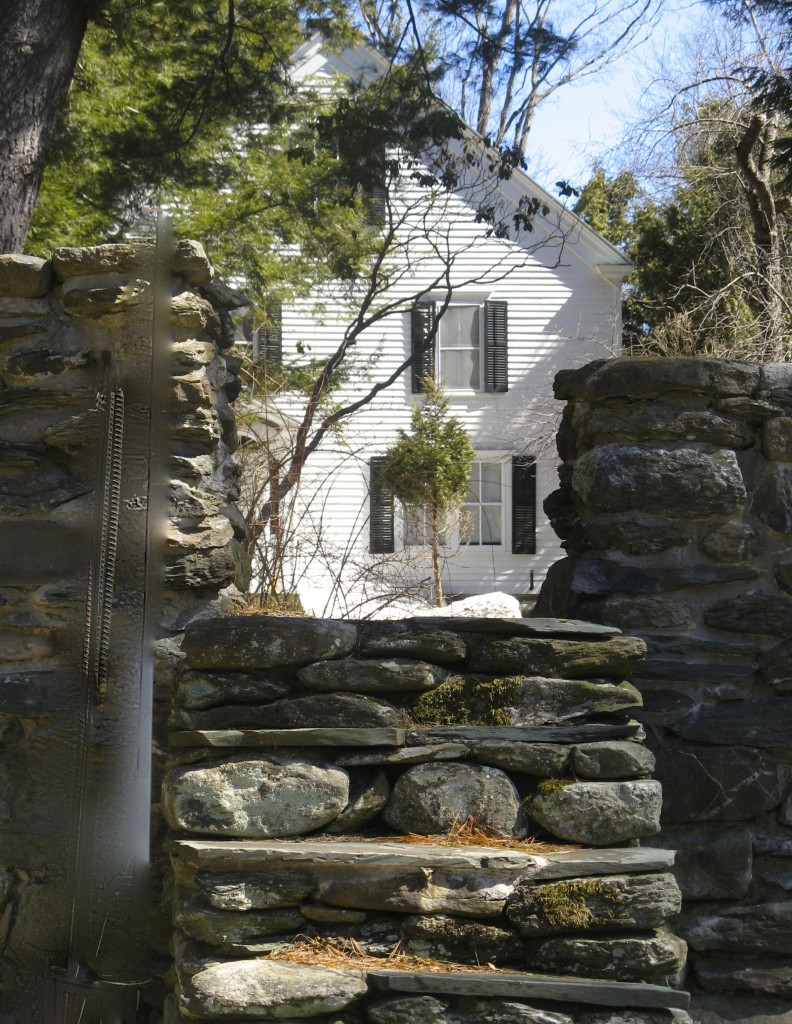
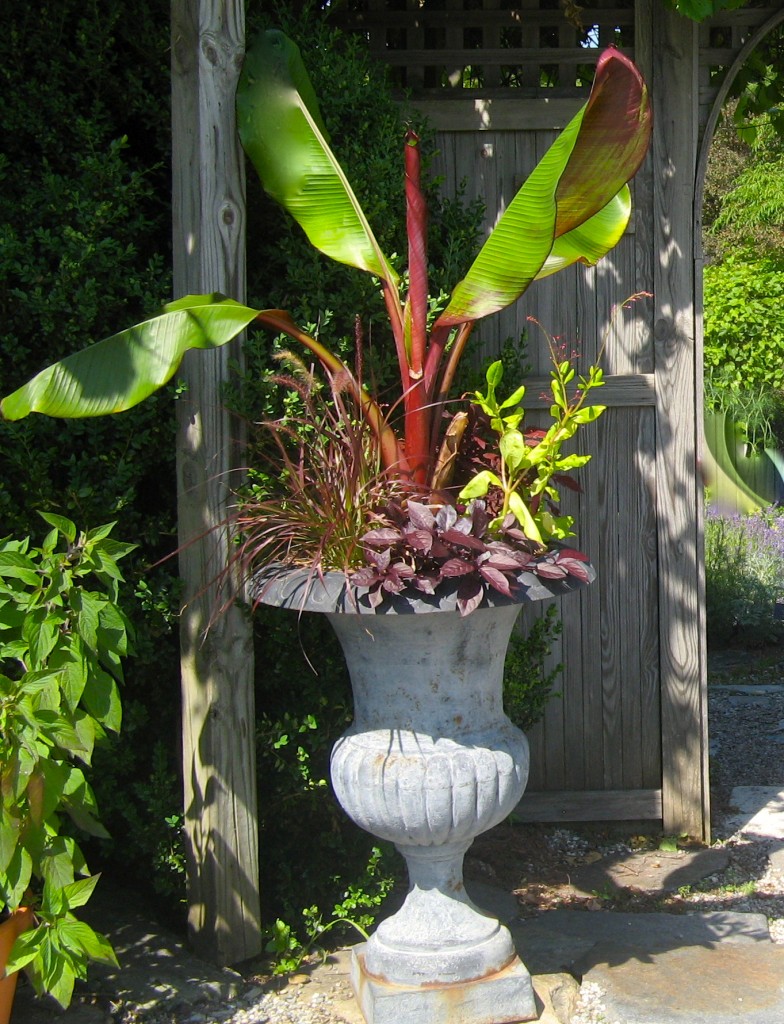

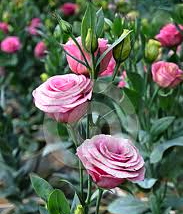
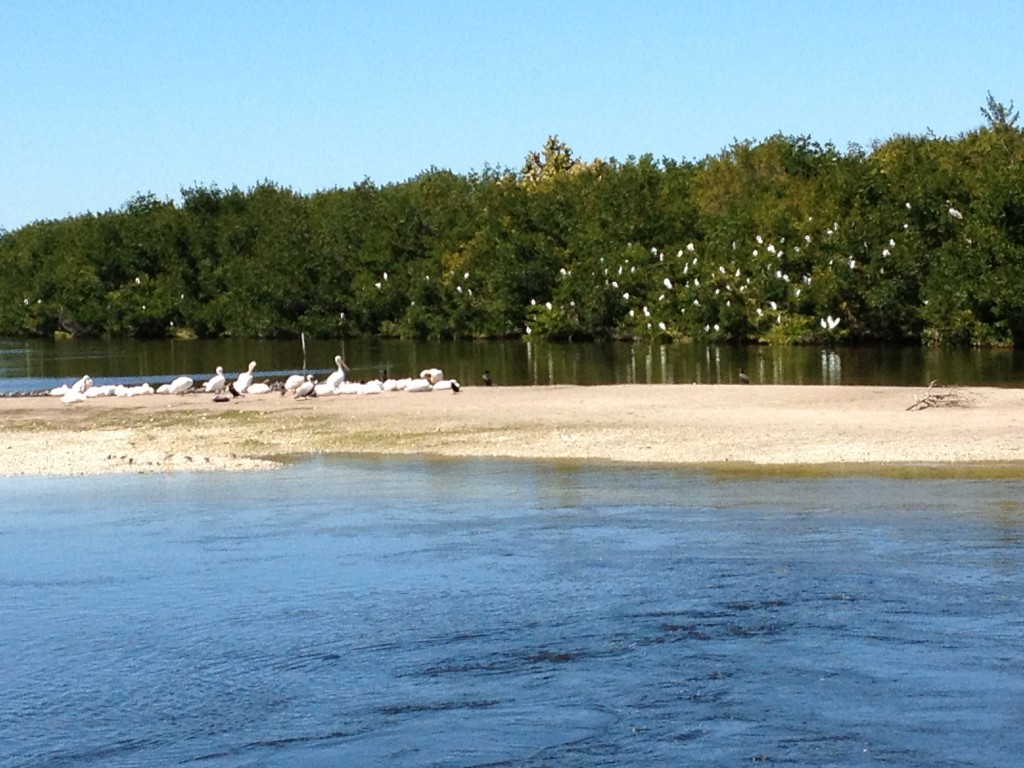
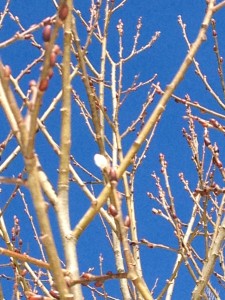 We like March — his shoes are Purple.
He is new and high —
Makes he Mud for Dog and Peddler —
Makes he Forests Dry —
Knows the Adders Tongue his coming
And begets her spot —
Stands the Sun so close and mighty —
That our Minds are hot.
News is he of all the others —
Bold it were to die
With the Blue Birds buccaneering
On his British Sky —
Emily Dickinson (version of 1878)
We like March — his shoes are Purple.
He is new and high —
Makes he Mud for Dog and Peddler —
Makes he Forests Dry —
Knows the Adders Tongue his coming
And begets her spot —
Stands the Sun so close and mighty —
That our Minds are hot.
News is he of all the others —
Bold it were to die
With the Blue Birds buccaneering
On his British Sky —
Emily Dickinson (version of 1878)
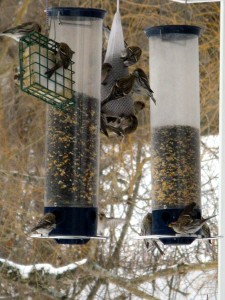 It’s been the cruelest of winters in southern New England. The birds have been swarming the feeders and suet cages, and the squirrels, driven to suicidal measures to crack what had been our fool-proof Yankee bird feeder, took to digging their back claws into the porch screens, launching their bodies forth like trapeze artists, and hungrily scrabbling in a mouthful or two of seed before gravity brought them thumping back to earth. It was a sad, discouraging sight, though I couldn’t help but sympathize with their sense of desperation. It’s March for heaven’s sakes— but the snow keeps on coming and the morning temperatures still hover routinely in the teens.
It’s been the cruelest of winters in southern New England. The birds have been swarming the feeders and suet cages, and the squirrels, driven to suicidal measures to crack what had been our fool-proof Yankee bird feeder, took to digging their back claws into the porch screens, launching their bodies forth like trapeze artists, and hungrily scrabbling in a mouthful or two of seed before gravity brought them thumping back to earth. It was a sad, discouraging sight, though I couldn’t help but sympathize with their sense of desperation. It’s March for heaven’s sakes— but the snow keeps on coming and the morning temperatures still hover routinely in the teens. 

